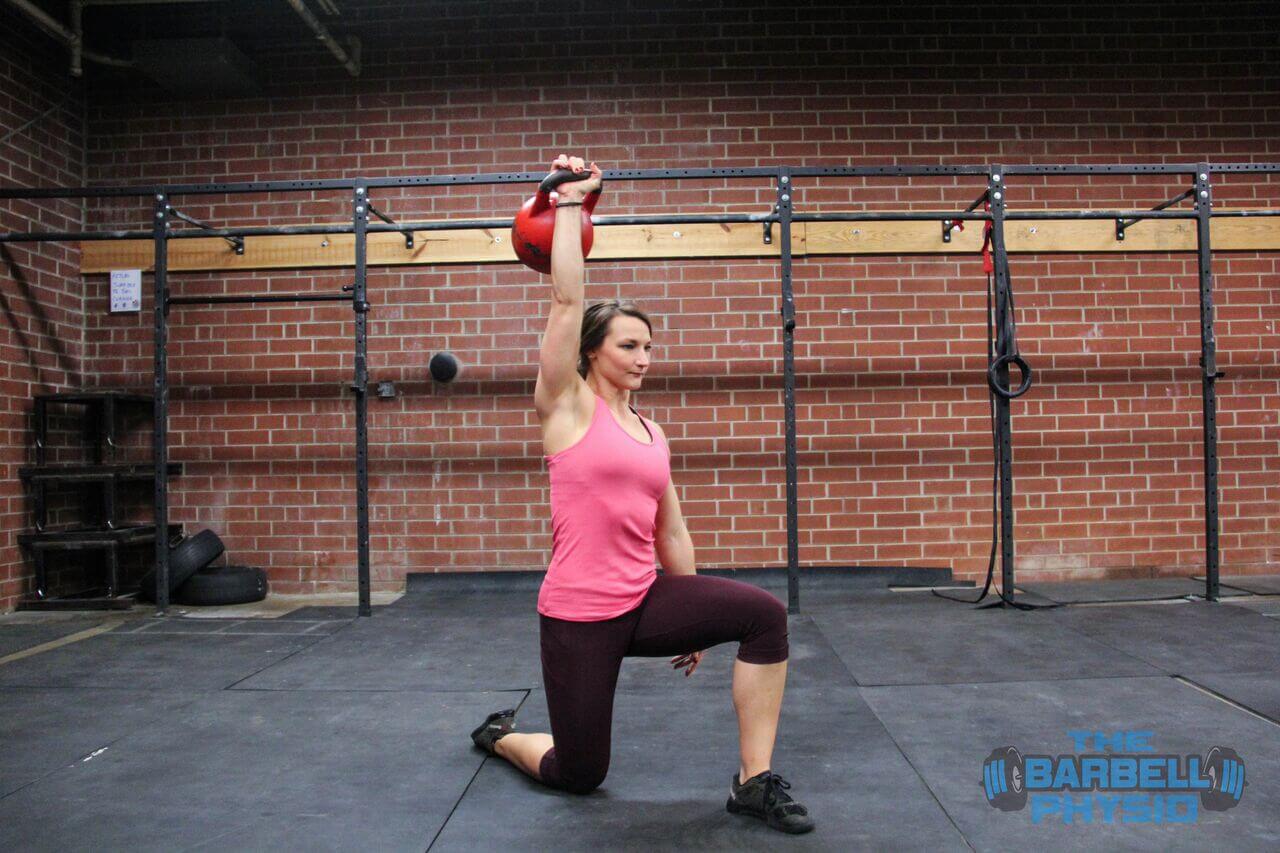We all have training biases that ultimately can lead to muscle imbalances. If left unchecked, these imbalances can impact performance and lead to an increased risk of injury. I asked nine of the best rehab and fitness professionals I know to share what they use as “the best exercises to address muscular imbalances”.
The Yoak
Shown here are Yoak Pushups, but ANY exercise done on The Yoak will help balance out muscular imbalances. The instability on this piece of equipment is insane, and if one side of the body is producing more force than the other, balance will quickly be thrown off!
View this post on Instagram
Lateral Lockoffs
Lateral lock-offs are a stellar exercise to prevent strength imbalances, especially for those looking to increase core recruitment during pulling exercises. They build total-body core strength by targeting your lats, glutes, obliques, TAs, and diaphragm all at the same time and very intensely. Give it a try to find out if your side strength matches your front and back strength.
Dr. Sarah Duvall, PT, DPT, CPT
Unilateral Bent Over Dumbbell Row
The unilateral bent over dumbbell row is a basic yet excellent and often overlooked exercise that should be programmed into any well-rounded training program for several reasons. First, it allowed for full scapular protraction and accentuated eccentric lengthening of the rhomboids, middle traps, and lats. Second, we tend to go to the gym and perform only bilateral exercises (bench press, squat, dead lift, barbell rows, pull-ups, etc.). Yet, we live in a very unilateral world in wh,ich a lot of spinal rotation is necessary. Think throwing, cranking the lawn mower, swinging, reaching, etc. The thoracic spine accounts for the majority of trunk rotation, yet completing bilateral pulling exercises doesn’t allow for thoracic rotation and full range of motion to be achieved. Finally, it will allow you to equally train side to side without using a stronger dominant arm to drive movement as often happens with fixed bilateral exercises.
Dr. Jarod Hall, PT, DPT, CSCS
www.drjarodHalldpt.blogspot.com
Half kneeling Bottoms-Up Kettlebell Press
This fantastic bang for your unilateral bottoms-up exercise strengthens the muscles of the anterior core and trains the body to resist both extension and lateral flexion. It also targets the muscles of the shoulders, and is excellent for strengthening the shoulder stabilizer muscles. Last, but most certainly not least, this exercise strengthens the glutes as they are needed to keep the body stable and aligned. The key to this, exercise is to maintain proper alignment, and for your entire body to remain stable for the duration of the set.
Meghan Callaway, strength coach at www.meghancallawayfitness.com
Facebook Instagram Twitter
Supine 90/90 to Low Oblique Sitting
Two of the most common muscle imbalances are what Vladamir Janda would term “Upper Crossed Syndrome” and “Lower Crossed Syndrome.” Both of these include similar components of a weak core or poor spinal stabilizing system. What better way to target both components via a supine 90/90 to low oblique sitting pos,ition! This exercise will improve ipsilateral shoulder stability, hip abduction, and core strength, and also will improve hip abduction strength on the elevated leg as well! Give it a shot and let us know what you think!
The Prehab Guys, SPT, CSCS
http://www.ThePrehabGuys.com Instagram Facebook Twitter
Deficit Reverse Lunge
The reverse lunge from a step is one of my favorite exercises to address muscular imbalances in the lower extremities. Lunging from a step allows one to load the hips at end range, promoting an intense recruitment of the hip extensor musculature on the forward leg, and a dynamic stretch on of the hip flexors on the trail leg. This tends to “even out” those common side-to-side differences that many lifters struggle with every day. I’ve seen one-sided low back pain or hip tightness practically disappear after training this lift. Give it a shot!
View this post on Instagram
Dr. Michael Mash, PT, DPT, CSCS, FMS
Single-Leg CLX Lumbar Hip Dissociation
View this post on Instagram
Mario Novo, LiftersClinic.com
Mace Swings
Usually, when a client begins to swing the Mace, they have no concept of rooting themselves to create tension throughout the body to propel the Mace. Once they learn and figure it out, this concept allows them to leverage and dig into the ground to get strong. However, before this process, clear imbalances and dysfunctions are displayed from left to right side. These imbalances could be due to many reasons, some being previous injury and development. The Mace swings clean up an athlete imbalance quickly when they learn the concept of rooting, leverage, and breathing.
Dr. James Spencer, www.DrJamesSpencer.com






